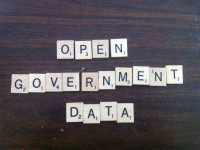Treasury Board President Tony Clement unveiled the latest version of his Open Government Action Plan last month, continuing a process that has seen some important initiatives to make government data such as statistical information and mapping data publicly available in open formats free from restrictive licenses.
My weekly technology law column (Toronto Star version, homepage version) notes there is much to like about Canada’s open government efforts, which have centred on three pillars: open data, open information, and open dialogue. Given the promise of “greater transparency and accountability, increased citizen engagement, and driving innovation and economic opportunity”, few would criticize the aspirational goals of Canada’s open government efforts. Yet scratch the below the surface of new open data sets and public consultations and it becomes apparent that there is much that open government hides.







